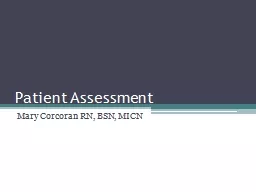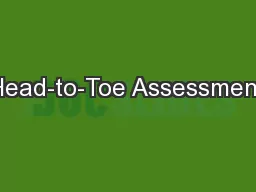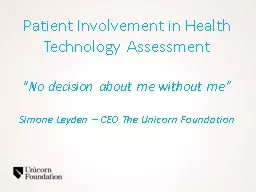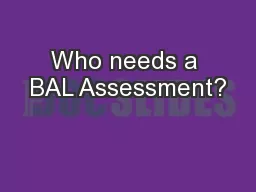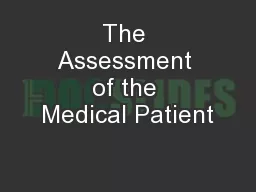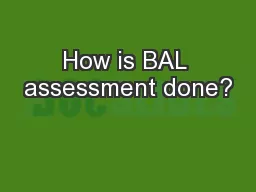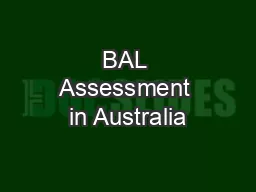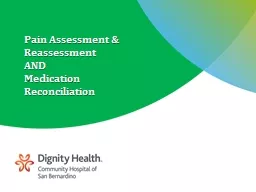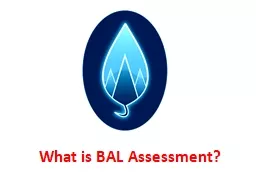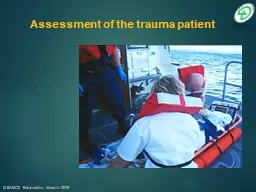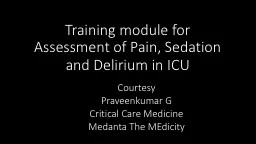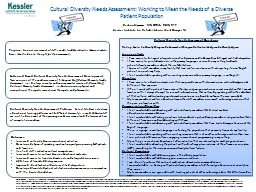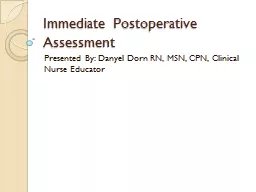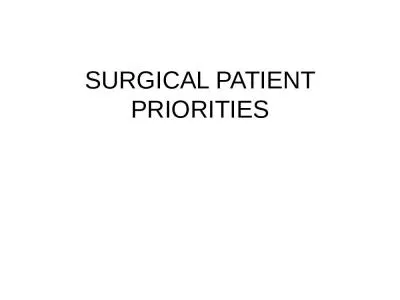PPT-Patient Assessment
Author : briana-ranney | Published Date : 2017-07-12
Mary Corcoran RN BSN MICN Emergency Assessment Overview Patients who present to the ED have every possible complaint from Medical Surgical Traumatic Social and Behavioral
Presentation Embed Code
Download Presentation
Download Presentation The PPT/PDF document "Patient Assessment" is the property of its rightful owner. Permission is granted to download and print the materials on this website for personal, non-commercial use only, and to display it on your personal computer provided you do not modify the materials and that you retain all copyright notices contained in the materials. By downloading content from our website, you accept the terms of this agreement.
Patient Assessment: Transcript
Download Rules Of Document
"Patient Assessment"The content belongs to its owner. You may download and print it for personal use, without modification, and keep all copyright notices. By downloading, you agree to these terms.
Related Documents

